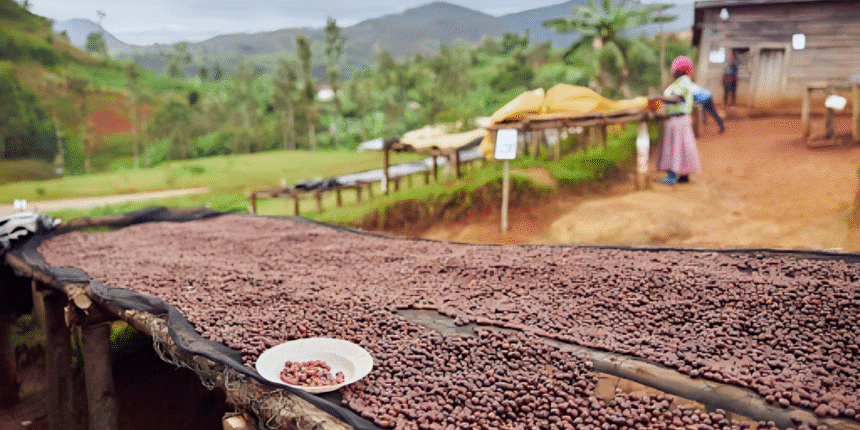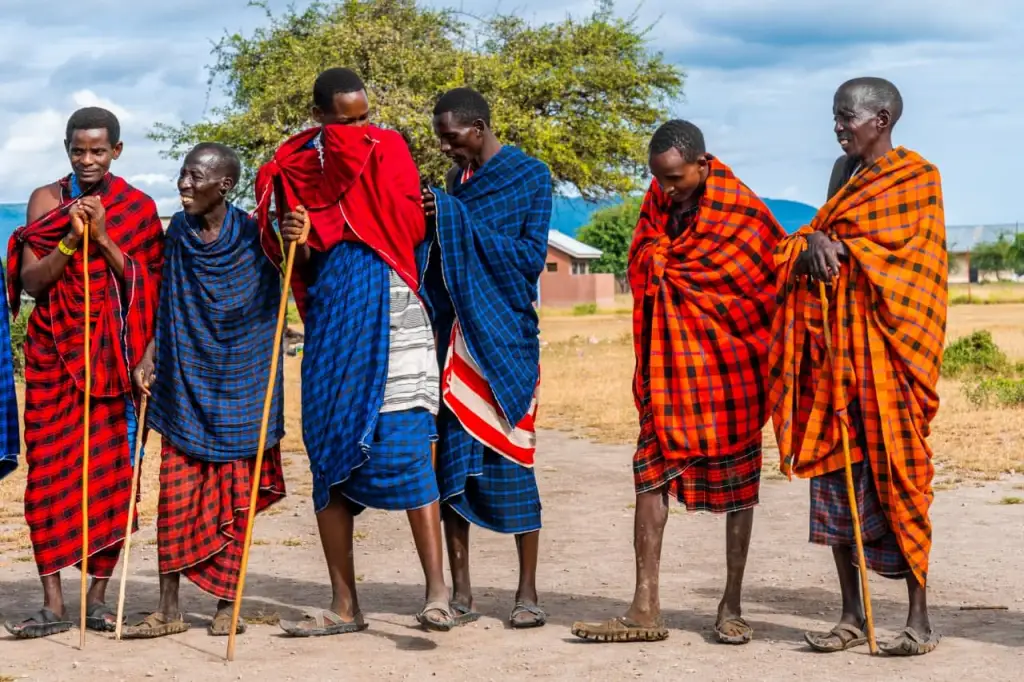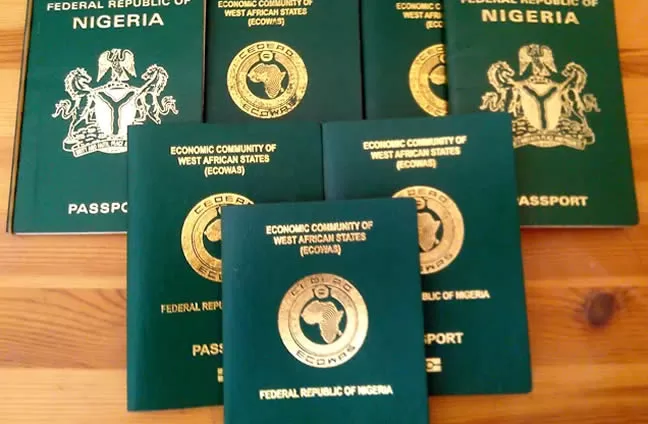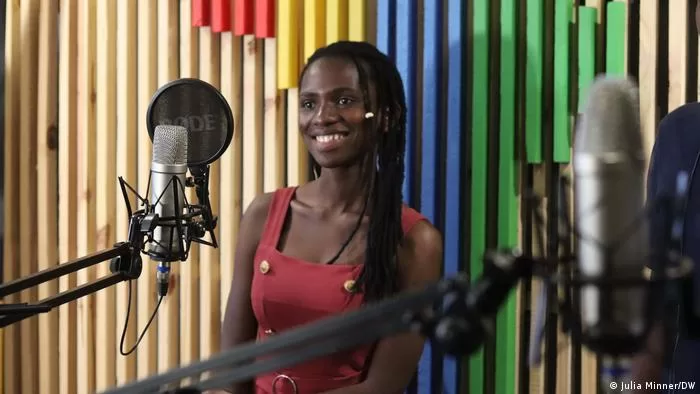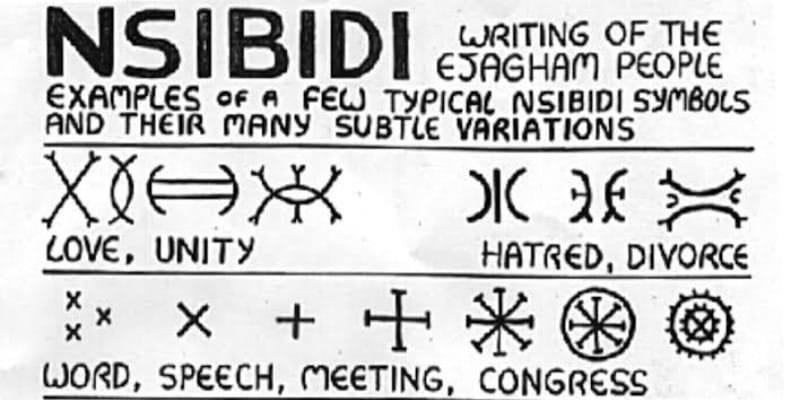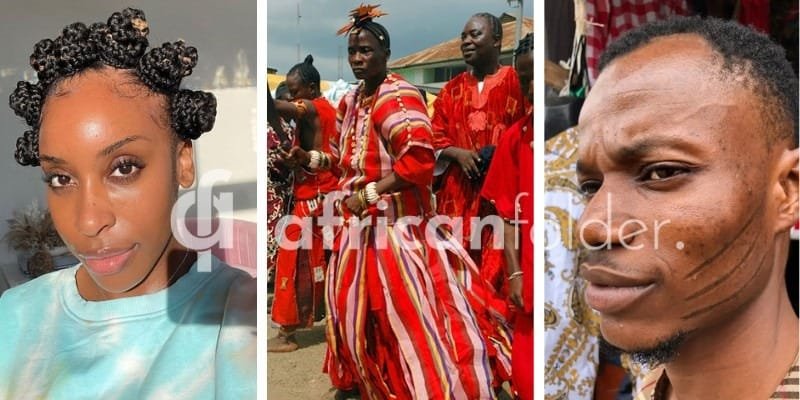Born in Ethiopia, refined in Yemen, and named in Arabic as “qahwah,” this drink is a thoroughly African product, and the continent has cultivated it for hundreds of years. In fact, coffee ranks as the second most drunk drink in the world, just below tea and above beer. And Africa is the mother hub for it.
In Ethiopia, you can find volcanic-grown beans, in Kenya, beans that taste like berries and wine, and more recently, you can even buy industry-leading coffee machines in South Africa.
There is culture, history, and experimentation all bubbling in the brews of Africa; here’s just a taste:
Ethiopia’s Story of Coffee
In a now-legendary story told by a 1600s Roman professor, coffee was first discovered by a Sufi goatherd named Kaldi. Exploring the hills of Ethiopia, Kaldi’s goats stopped to graze. When they did, they chewed on coffee bushes and began to dance. With this, Kaldi learnt of the stimulating effects of coffee, and Kaldi and his dancing goats became roastmaster legends (along with a popular Ethiopian coffee chain called “Kaldi’s”).
Key Coffee Regions and Flavors
Ethiopian Heirloom, SL28, Bourbon, and Batian are a few of the many varietals spread out across Africa. It’s the coffee continent, and there are literally thousands of blends to choose from. Still, each region and country likes to tout a few special flavours to set them apart.
Ethiopia
Known for their longberry, shortberry, and mocha beans, Ethiopian beans tend to be floral, citrus, tea-like, and complex. Their most famous varietals are:
Yirgacheffe
Known for its sweet flavor and aroma with a light to medium body, Yirgacheffe is recognised among the best in the world. It’s even been renowned as the king of coffees. Grown high in Southern Ethiopia (1,500–2,200 meters), the bushes are cultivated under forest canopies, chemical-free. The method promotes slow growth and nutrient absorption, developing complex floral and sweet flavors.
Sidamo (Sidama)
Similarly grown in the shade, the Sidamo variety offers the unusual treat of volcanic-grown coffee. The Great Rift Valley’s rich volcanic soil comes from an extinct volcano and feeds the coffee bushes while the abundant rain hydrates them. Fruity and rich, the Sidamo coffees include sweet notes of stone fruits like peaches, citruses like lemon and lime, and even hints of rich Swiss chocolate.
Kenya
Known for bright acidity, berry and wine notes. The people and tribes of Kenya take a more scientific method to naming and grading their coffee. If you haven’t heard of AA coffee, you might think it’s the quality of the bean, but rather it’s the size. Here’s what the sizes mean:
AA
This grade designates the second largest beans, which balance shape with size. They are believed to have more oils and acids, leading to a superior coffee, and are generally recognised as the best designation for coffee.
AB
Some prefer an AB batch of beans, which are smaller, but balance cost with flavour better.
PB (Peaberry)
Peaberries are different from other designations as they’re less about size than shape. Unlike the classic coffee bean, which is flat on one side, the peaberry is a mutation that fuses two beans together to form a rounded ‘pea’.
E (Elephant)
Though size matters in coffee, so does shape. Elephant beans are the biggest designation, but are prone to uglier shapes and differences that see them less valued than AA beans.
C, T, TT, UG1, UG2
The lower grades of beans are thinner and unshapely, but still good for a cup of coffee. You’ll buy these beans cheapest and might strike it rich with a strong cup of joe with better flavours than you’ve paid for.
Rwanda & Burundi
Underdogs in the coffee game, Rwanda is known for vibrant tastes of rose and orange blossom, along with undertones of caramel and chocolate. Burundi coffees, on the other hand, have been described with subtle blueberry, passionfruit, and pineapple notes.
Burundi is also known for a unique processing method known as “fully-washed” or “double fermentation”. The method is this: first ferment the cherries to break down the pulp, wash thoroughly, then ferment again in water. The goal is to remove all mucilage from the beans, a thick, gluey substance that holds the cherry to the bean. The result is a cleaner, stronger taste.
Uganda & Tanzania
Further from fruit are the Ugandan and Tanzanian coffee beans. Ugandan coffees balance chocolate with fruity and nutty notes for a more subtle and mature profile. Tanzanian coffees, on the other hand, temper their bright, fruity, and winy flavors with earthy, woody hints of cedar and spice, creating an interesting variation on the classic Kenyan coffee.
South Africa’s Modern Coffee Machine Evolution
While Ethiopia and Kenya have long dominated the African coffee narrative, South Africa has carved out a new and distinctive role in the continent’s coffee journey. Unlike its neighbors, South Africa is not widely known for producing coffee beans on a large scale; instead, it has become a leader in refining how coffee is prepared, served, and experienced. Over the past two decades, the rise of cafés in Cape Town, Johannesburg, and Durban has created a thriving urban coffee culture where appreciation for high-quality beans meets world-class preparation methods.
What makes South Africa unique is how this passion for coffee has extended beyond cafés into the workplace. Corporate coffee culture has become a defining feature of modern South African business life for both offices and remote work, with companies investing in state-of-the-art commercial coffee machines that bring the best out of premium African beans. In this way, South Africa has evolved into both a consumer and a provider of coffee innovation across the continent.
The Final Sip
From Ethiopia’s legendary origins to Kenya’s scientific grading systems and Rwanda’s experimental processing methods, Africa has given the world a coffee culture as rich and varied as its landscapes. Each region tells its own story through the beans it grows, yet all share the same deep heritage rooted in community and craft. South Africa’s evolution adds another layer to this narrative, proving that coffee is also about how it is brewed, shared, and integrated into daily life. And for coffee lovers, across the best African cities for coffee, you’ll find the past, the present and the future of the world’s favorite brew.







